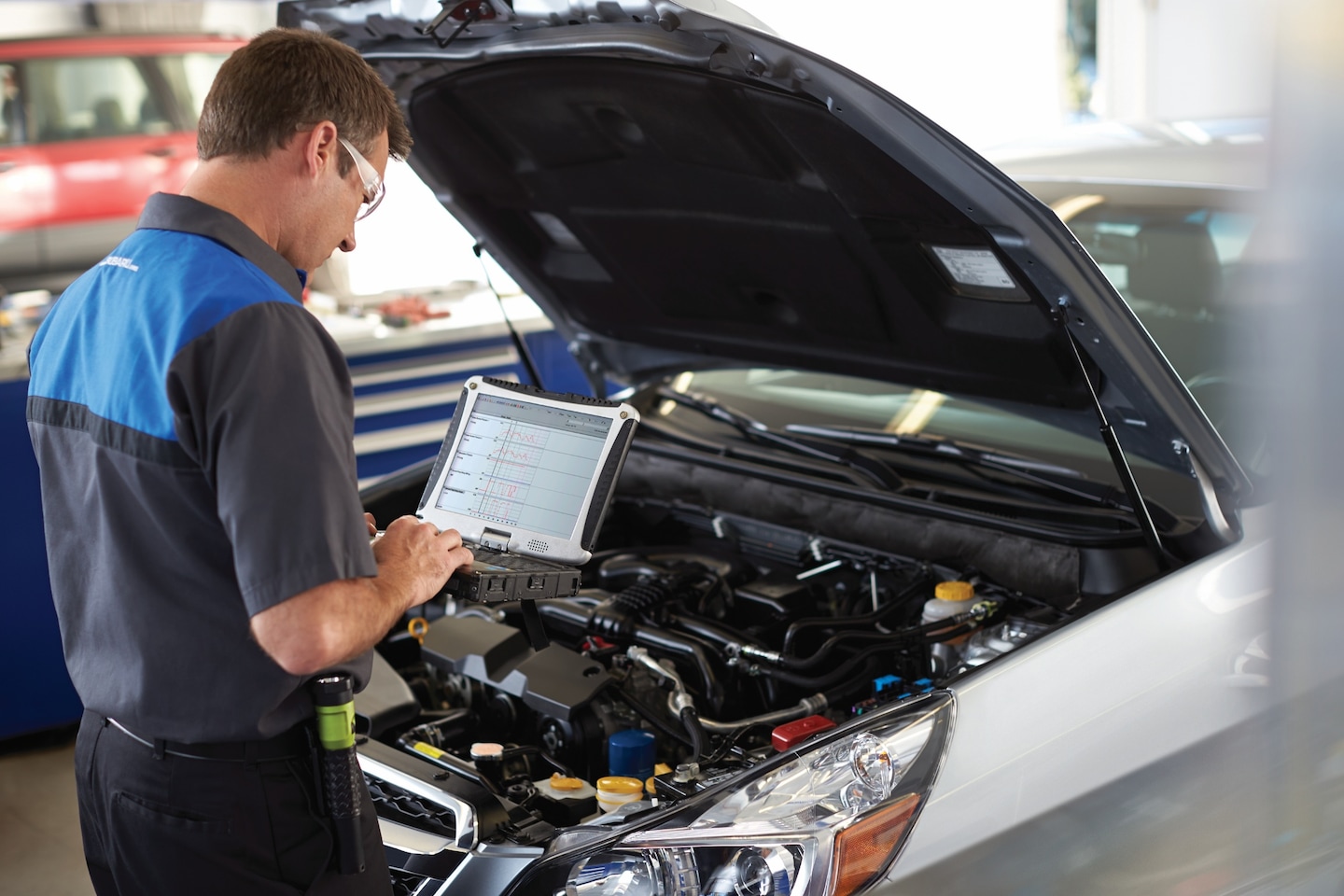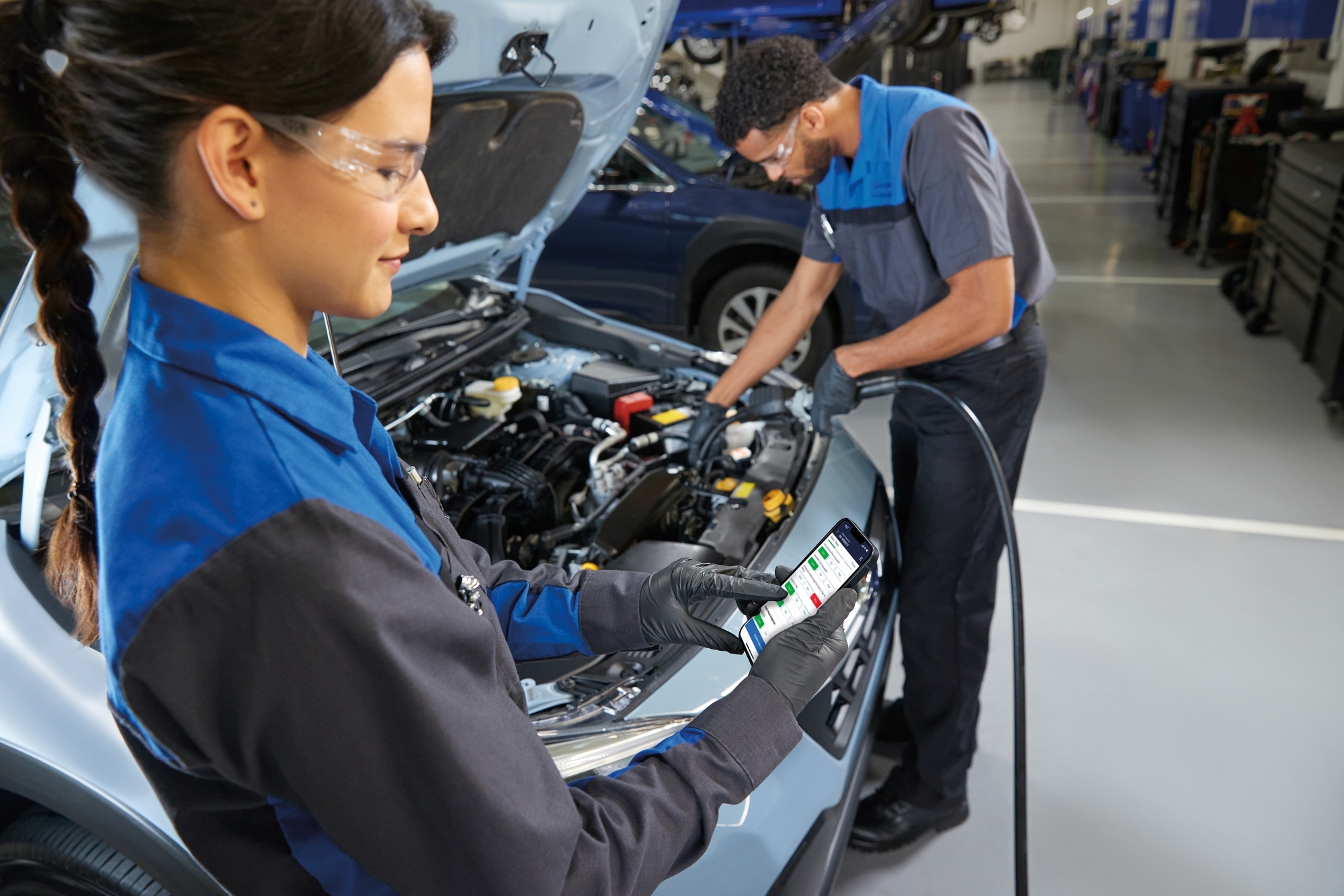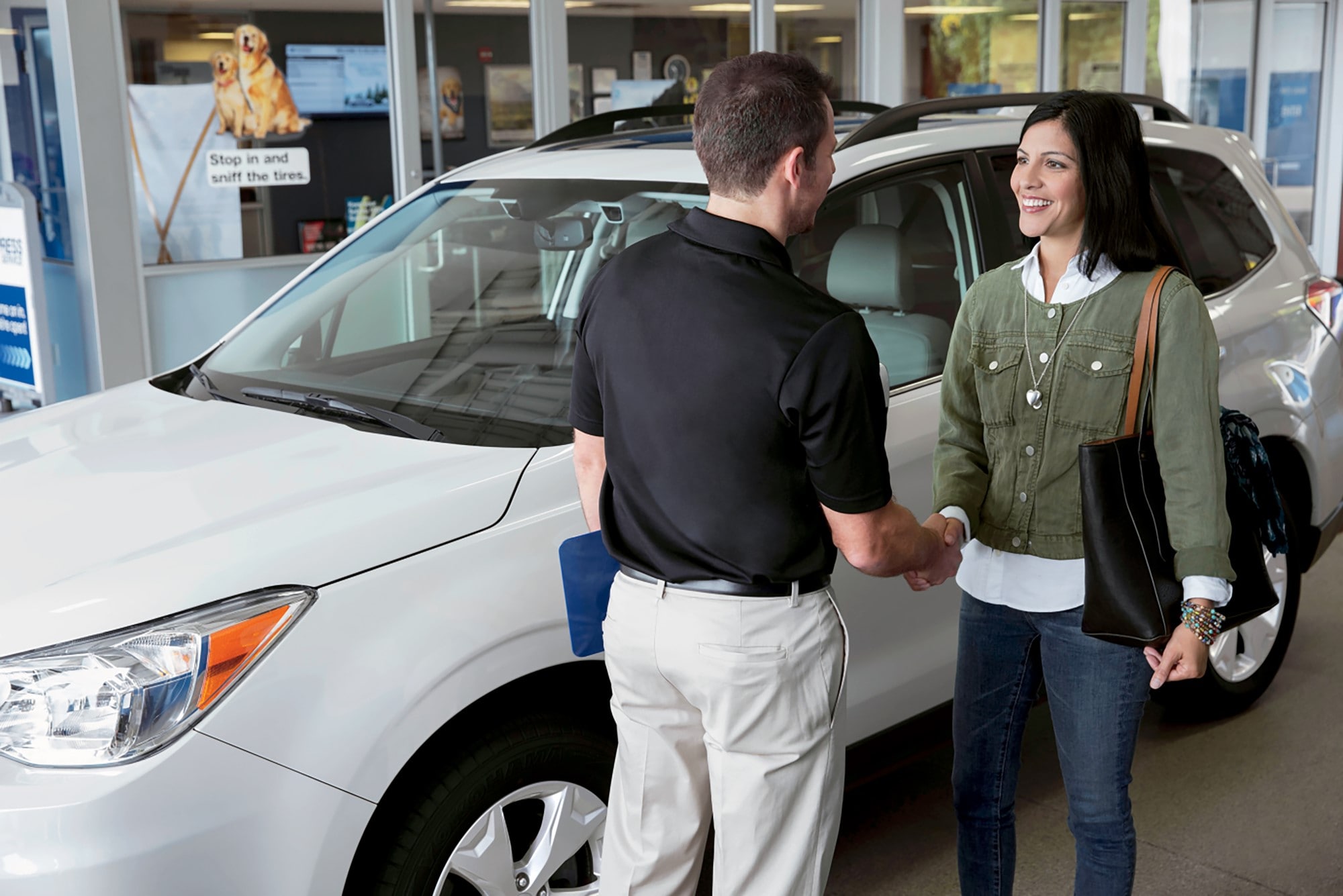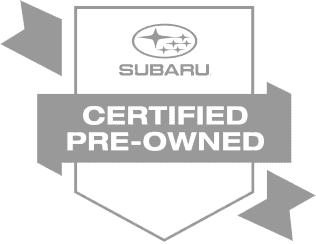
Check Engine Light & Dashboard Warning Lights on Your Subaru: What They Mean
When the check engine light comes on, it can be stressful and frustrating, not knowing if something is seriously wrong with your vehicle. Our Service Center experts at Maita Subaru can offer quick insights into the probable causes of the check engine or other dashboard warning lights in your Subaru to take the mystery (and stress) out of common vehicle problems and concerns.
Service Hours
- Monday - Friday7:00am - 6:00pm
- Saturday8:00am - 4:30pm
- SundayClosed
What Does the Check Engine Light Mean?
Your check engine light just came on. What's wrong with your Subaru? It could be anything from a loose gas cap to a serious engine issue. The check engine light can act as a catch-all for all sorts of issues, and not all are directly related to the engine. Should you keep driving? When should you call our Service Center? Our team offers a quick guide to give you the information you need to determine the root cause of the dreaded check engine light.


The Most Common Reasons Why the Check Engine Light Comes On and What To Do:

A loose gas cap is the number one reason the check engine light might come on. Check the gas cap and ensure it is secure. Check for signs of damage. If the cap is loose, broken, or completely missing, we can install a replacement cap or one can be purchased through our parts department.
The oxygen (O2) sensor measures the amount of unburned oxygen in the exhaust so that the vehicle's computer can properly adjust the amount of fuel released into the combustion chamber. A faulty oxygen sensor can cause the check engine light to come on, but it can also come on during long periods of idling. If the check engine light continues to stay lit, you may need to schedule service to replace one or more of the O2 sensors. To determine if this is the cause, contact our Subaru service center to schedule your vehicle for diagnostic service.
The catalytic converter reduces emissions and will trigger the check engine light when a fault is detected. If you believe this is a problem, contact our Subaru service center.

What to Do When the Check Engine Light Comes On
Multiple warning lights may illuminate at the same time when the check engine light comes on. This is because modern vehicles use interconnected systems controlled by a central computer. When one system encounters a problem, it can impact related components, triggering additional warning lights as a precaution or to help pinpoint the issue more precisely.
Unless it is just the gas cap or other minor issue, seeking out service as soon as possible is important. Continuing to drive your vehicle when there is an active check engine light or a known issue could cause more damage. Here is when you should stop driving or head to our service center immediately:
- The check engine light is on, your vehicle behaves strangely, or your performance is degraded. Your Subaru may be in "limp mode" to protect vehicle components from further damage.
- The check engine light blinks steadily - safely pull over immediately. If a Subaru service center is not close by, we recommend calling for a tow truck.
Diagnostic Process
Once you've scheduled your vehicle for diagnostic service, what should you expect? When you arrive at our service facility for your appointment, you will be greeted by your service advisor. They will gather information about your car to help our technicians in their diagnostic process. We recommend that you drop your car off at our service facility. This will ensure that our technicians have adequate time to inspect, diagnose, and recommend repairs for your car. You will then be contacted by your service advisor to discuss your next steps forward.

What Do the Other Lights and Symbols on My Dashboard Mean?
The check engine light is not the only warning or indicator light on your dashboard. Your Subaru is equipped with a long list of indicators to alert owners of the vehicle's status. Not all the dashboard warning lights indicate a problem. Your owner's manual will have a complete list, but here are some of the most common and important dashboard lights and symbols you should know:

Automatic Transmission Oil Temp Light
If this light comes on while the engine is running, it may mean the transmission fluid is too hot. Pull over safely and let the engine idle until the light turns off. If the "AT OIL TEMP" light flashes after the engine starts, it may indicate a problem with the transmission control system. In that case, contact the dealership immediately. Driving with an overheating or malfunctioning transmission can cause serious damage.

All-Wheel Drive Warning Light
The AWD warning light flashes if the vehicle is driven with mismatched tire sizes or low tire pressure. Continuing to drive this way can damage the powertrain. Stop in a safe place to check tire size and pressure. If using a temporary spare, the light may flash-replace it with a regular tire as soon as possible.

Low Oil Light
If the Engine Low Oil Level warning indicator turns on in your Subaru, it means the engine oil level may be too low. Stop the vehicle as soon as it is safe to do so and turn off the engine. Check the oil level using the dipstick and add oil if necessary. Refer to your owner's manual for details on the correct oil type and weight. Driving with low oil can cause serious engine damage. If the light remains on after adding oil or if you're unsure of the cause, we'd suggest contacting the dealership for assistance.

Vehicle Dynamics Control (VDC) Light
The Vehicle Dynamics Control (VDC) system helps maintain stability and traction by automatically adjusting engine power and applying brake force to individual wheels when needed. The VDC warning light comes on when there's a malfunction in the VDC or Anti-lock Brake System (ABS). If the ABS fails, VDC also becomes inoperative, though normal braking still works. You can drive cautiously, but have the vehicle checked by the dealership as soon as possible.

Driver Monitoring System Disabled Light
This indicator illuminates when the Driver Monitoring System is temporarily stopped. One common reason is that the system unit's temperature is too high. Once the temperature returns to normal, the system will resume automatically.

Washer Fluid Low Light
This light illuminates when the fluid level in the windshield washer fluid tank falls below the "low" threshold.

Battery Warning Light
If the battery warning light illuminates while the engine is running or does not turn off after the engine starts, it may indicate a problem with the charging system, such as a malfunctioning alternator or battery. This could affect your vehicle's ability to start or operate electrical accessories. We'd suggest contacting the dealership for assistance.

Tire Pressure Monitoring System Light
This light indicates a potential issue with tire pressure.
- Solid Light: One or more tires may be underinflated. Check and adjust tire pressures as soon as possible.
- Flashing Light (then solid): There may be a malfunction in the Tire Pressure Monitoring System (TPMS). We'd suggest having the system inspected by the dealership.
Stop as soon as possible to check your tire pressure. Refer to the sticker located on the driver's door jamb for the manufacturer's recommended tire pressure. Driving on low tire pressure can result in poor handling, reduced fuel efficiency, uneven tire wear, and an increased risk of tire failure.

Coolant Temp Light
This light helps monitor engine temperature.
- Blue: Engine is still warming up. This is normal during cold starts.
- Flashing Red: Engine is close to overheating. Stop the vehicle safely and check for overheating.
- Solid Red: Engine is overheating. Stop immediately and follow emergency steps.
- Flashing Red and Blue: Possible electrical system issue. Contact your Subaru dealer.
If the light stays solid red or flashes red for more than 2 seconds after turning the ignition on, the system may be malfunctioning. Flashing red and blue only occurs while driving and indicates a potential electrical issue-we'd suggest having the vehicle inspected by the dealership.

Anti-Lock Braking System (ABS)
If the Anti-Lock Braking System (ABS) warning light turns on while driving, it indicates that the Anti-Lock Braking System (ABS) system has shut down, though the conventional brake system will continue to function normally. However, if both the ABS warning light and the brake system warning light come on simultaneously, this may signal a malfunction in the Electronic Brake Force Distribution (EBD) system. In such cases, we'd recommend having the vehicle inspected promptly by the dealership.
Frequently Asked Questions
Check the fuel cap - a loose or broken gas cap is the number one reason the check engine light might come on if there are no other symptoms. If the light is blinking or you are experiencing reduced power, stop driving as soon as safely possible and contact your local Subaru Service Center.
-
Maita Subaru
2912 Auburn Blvd.
Sacramento, CA 95821
- Sales: 916-486-8500





